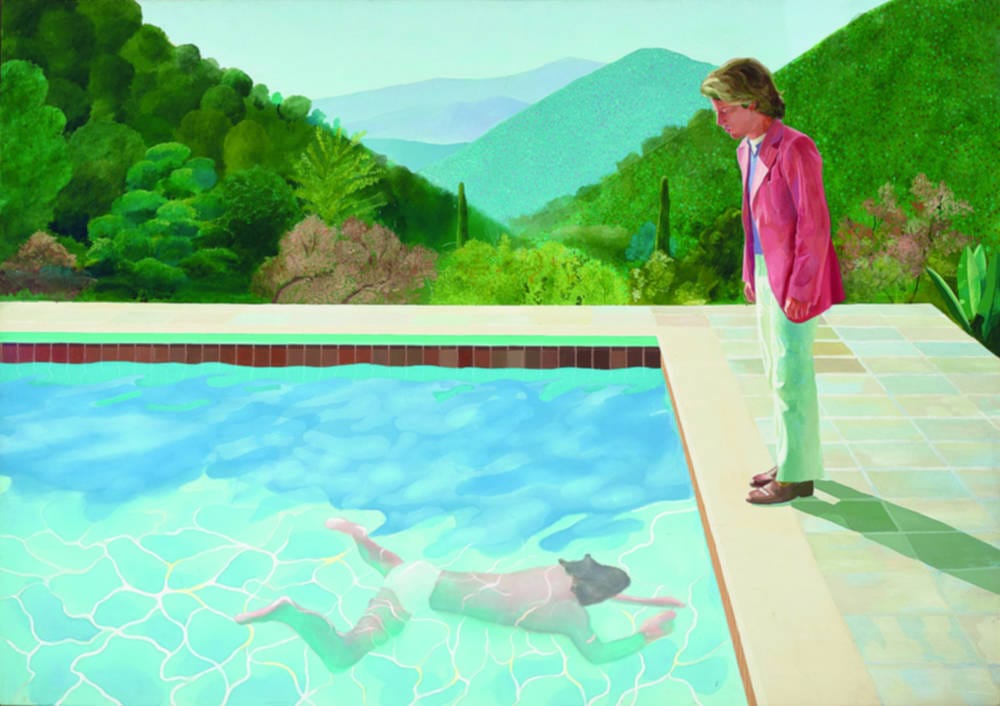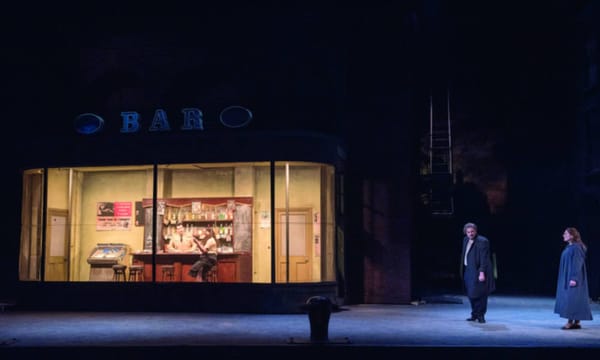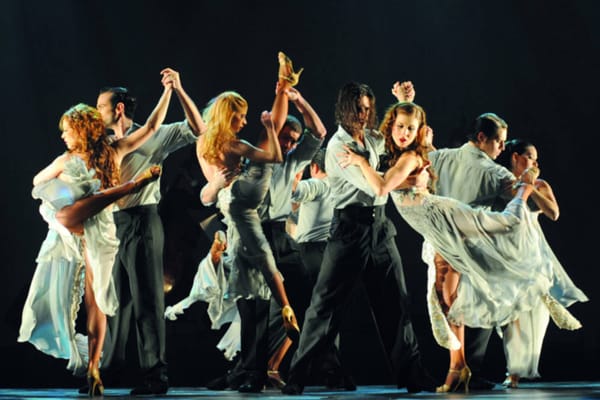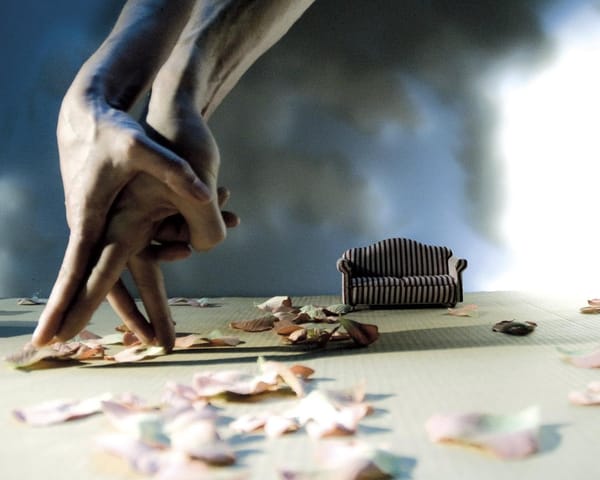Hockney makes a splash at this Tate Britain retrospective
David Hockney is on at the Tate Modern until 29th May

Logistically alone, the new David Hockney exhibition at Tate Britain is a marvel. Nearly 150 pieces spanning the breadth of Hockney’s career – paintings, sketches, photography, video, and drawings – have been assembled in a thirteen-room experience. Many of the pieces have been borrowed from David Hockney Inc., or are owned by the Tate itself, but an extraordinary number have been sourced from other art museums – V&A, MoMA, The Metropolitan Museum of Art, Smithsonian, Ludwig Museum etc. – and at least a third have been obtained from private collections. The team at the Tate deserve a great deal of credit in the organisation of this, the largest ever arrangement of Hockney’s work.
The exhibition moves chronologically through Hockney’s career, with each of the rooms highlighting a significantly different period in the artist’s work. Many of Hockney’s most famous works are on display – A Bigger Splash (1967), American Collectors (1968), Mr and Mrs Clark and Percy (1970-1), Pearblossom Hwy. (1986) – images so embedded in 20th Century art history one does not expect to uncover any new details. It comes as somewhat of a surprise then when, for example, the background fauna of the L.A. hills in Portrait of an Artist (Pool with Two Figures) (1972) glistens under the exhibition lights: a dance choreographed into the painting, with the explicit instruction to be performed only under the gaze of a real human eye. No matter how long you stare at the images online, Hockney’s art, as with all great art, can only be fully appreciated in the flesh.
For a Hockney aficionado, however, much magic in this exhibition lies in the smaller works – sketches, drafts, ideas – that find their soul lurking in later masterpieces. The sixth room, ‘Closer Looking’ contains a multitude of such pieces from 1960 – 1999. Here, one can see the beginnings of Savings and Loans Building (1967) in the 1966 drawing Place des Canons, Beirut (1966) and the unmistakable style of Centre-Jour in the French Style (1974), in Window, Grand Hotel, Vittel (1970). The room also contains this reviewer’s favourite find in the exhibition: The Great Pyramid with Palm Tree and Car (1963) – a piece of triangular graph paper, on which the artist has sketched a crude tree and car – which itself serves as the draft for Great Pyramid at Giza with Broken Head from Thebes (1963). Sadly, the latter does not make an appearance at the Tate, although it did pass through Christie’s in 2013 for £3.5m.
While the evolution of Hockney’s method is evident throughout, so too – though more subtly – is his retention of stylistic elements, themes, and muses. Long winding roads and rapid perspective shifts between the foreground and background are used continuously from Arizona (1964) to Going Up to Garrowby Hill (2000). And of the recurring characters in the works, Hockney’s mother and Paul Kasmin – the art dealer who discovered a young David in the sixties – share the good fortune of being depicted in both painting and photography.
One may be forgiven for assuming the real meat of the exhibit lies in the middle rooms, but given both Hockney’s proficiency and creativity right up to present – the most recent works here were completed just last year – this is far from the case. The final room in the exhibition showcases the artist’s recent iPad drawings. Here, backlit screens display not only the final product but also the evolution of the drawings in the form of screen-captured videos. The audience has the rare chance to see Hockney’s – or any artist’s for that matter – mind in action. On the iPad, Hockney repeatedly adds layer upon layer of different shades to transform the often-harsh digital palette into something far more agreeable to the eye. On larger works, he constantly jumps across the workspace; adding small details to a hand, followed by a change in lighting to a jug, and then back to the hand. And most interestingly of all he never erases, never clicks ‘undo’. If the structure of an object no longer works, it is simply drawn over and buried beneath the new layer. Few would question Hockney’s reputation as one of the most important and influential British artists of the last half-century. In many ways, then, this exhibition serves more as a reaffirmation of the fact, as opposed to the revelation of it. What is revealed to large audiences for the first time, however, is not only Hockney’s willingness to embrace new mediums and styles but to harness and mould them in such a way that they become as quintessentially ‘Hockney’ as his paintings from the seventies. And he’s still doing it. And he’s nearly 80. And it’s brilliant.







